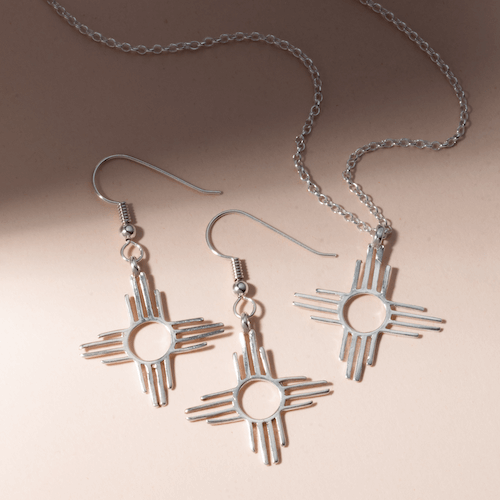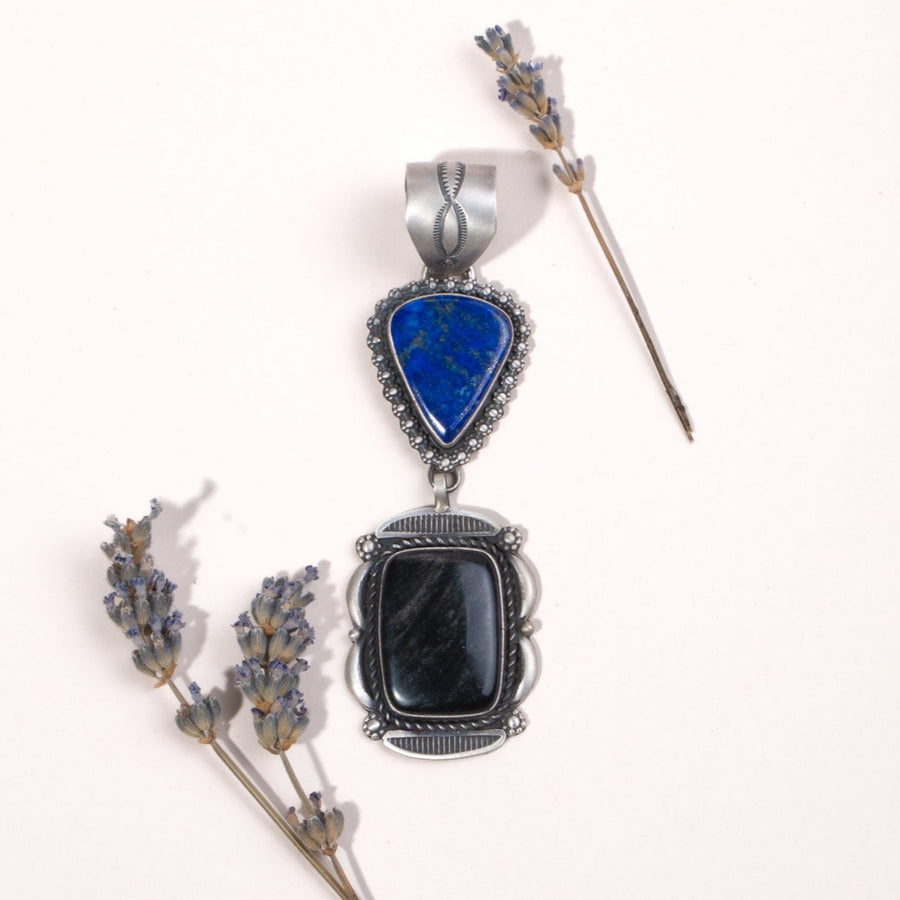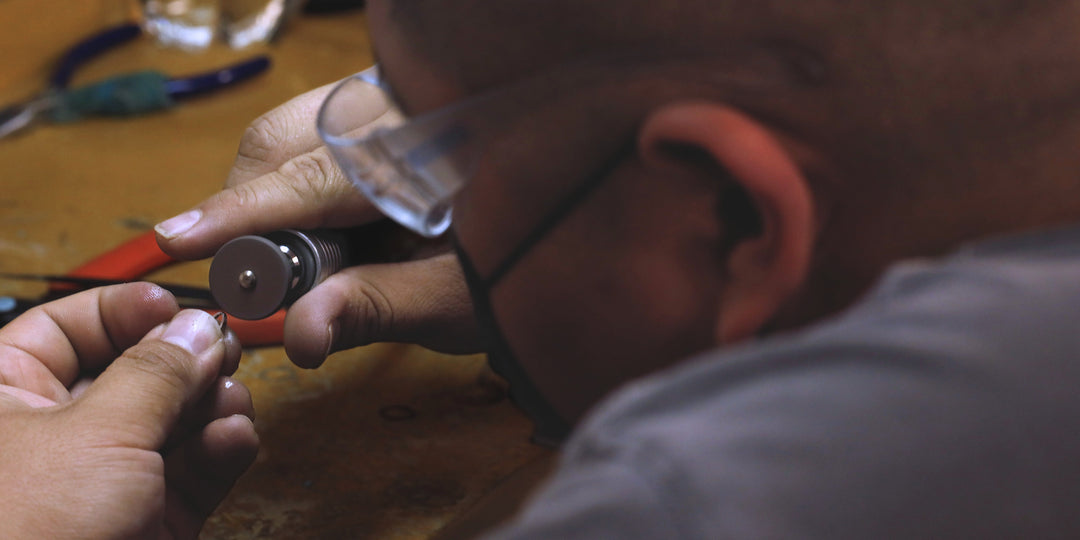Resistance of The Jemez Nation
Their ancestors migrated to the Canon de San Diego region they still live in today in the thirteenth century. Once there, they built stone fortresses up to four stories high, some with as many as three thousand rooms. To provide for the nearly 30,000 people who called the Jemez Nation home, there were smaller base camps that connected the people to the large pueblos. Jemez people were known as runners, and today tribal members still take records in track and field events. In their new homeland, they would become one of the largest and strongest societies in the Puebloan culture. And they would resist those who sought to conquer them for many years and at great cost. That resistance is reflected in the pottery produced by Jemez artists today.

A heritage of resisting the potential exploitation of outsiders has long been a part of Jemez society. Their language is Towa, and they are the only ones in the Pueblo world who speak that language. To preserve it, they have forbidden their words to be translated into writing, leaving it only to be spoken instead. With the arrival and integration of Towa speaking people from the Pueblo of Pecos in 1838, the language was consolidated into one group. This consolidation was cemented in the eyes of the US government in 1936 when Congress recognized the people of Pecos and the Jemez Nation as one group.
It was contact with the Spanish beginning in 1541 which ignited the greatest resistance from the people of Jemez. Over the next eighty years, they would fight the conquerors attempts to Christianize them and to force them into smaller villages. With the great Pueblo Revolt in 1680, it seemed that the Jemez and the other pueblos had driven off the Spanish.

That freedom was not to be, however, and by 1696 the Spanish had returned and forced the Jemez to submit to them. The people were driven to live in a smaller area, centered around their village of Walatowa, where they reside still today. Their resistance did not end there, however, and it was through their art that they found a way to deny their conquerors the beauty of their culture.
One of the art forms Jemez artists were skilled at was pottery. The pueblo was known for a unique and beautiful style that was called Jemez Black-on-White. Sometime in the beginning or middle of the eighteenth century, the production of this style of pottery ceased. Oral tradition says that this was due to Jemez potters shattering hundreds of their pots to prevent the Spanish from gaining access to them. Their resistance to Spanish exploitation of their pottery art was completed when they never returned to creating the unique style. Instead they relied on pottery from other pueblos for use in their village.

Today, Jemez potters have begun a new style of pottery. It incorporates some of the designs from their neighboring pueblos, especially the Pueblo of Zia. They have added their own distinct elements to the designs and once again are creating the beautiful pottery they used to be known for. Their strength, and their resistance to those who would use and absorb their culture, remains strong and the village of Walatowa continues to thrive today.









